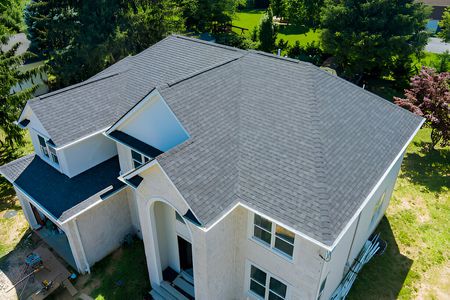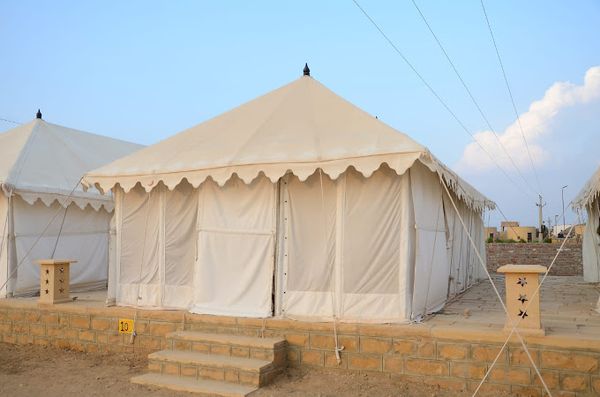Flat Roofing Systems: Myths, Materials, and Maintenance
 Straight Path Construction
24 May, 2025
7 mins read
17
Straight Path Construction
24 May, 2025
7 mins read
17

Flat roofs aren’t just for commercial buildings—they're also common on modern homes, additions, and garages.
Flat Roofing Materials:
- EPDM (Rubber): Inexpensive, durable, easy to install
- TPO (Thermoplastic Polyolefin): UV-resistant, energy-efficient
- PVC (Polyvinyl Chloride): Chemical-resistant, long lifespan
- Modified Bitumen: Asphalt-based, ideal for foot traffic
- Built-Up Roofing (BUR): Layers of tar and gravel, proven performance
Maintenance Tips:
- Inspect after heavy rain or snow
- Keep drains and scuppers clear
- Check seams and flashing annually
Myth Buster: Flat roofs aren't truly flat—they usually have a slight slope (~¼ inch per foot) for drainage.
🔨 Roofing for Additions and Renovations
Adding a room, deck cover, or second story? Integrating roofing properly is crucial.
Key Considerations:
- Tie-in points: Blend new and existing roofing seamlessly
- Material matching: Ensure texture, color, and aging match
- Permit requirements: Most structural additions need inspection
- Load-bearing adjustments: Especially important for heavier materials (like slate or tile)
Pro Tip: Plan rooflines early in the design process. Poor integration is a common source of leaks.
🧯 Fire-Resistant Roofing: Stay Safer in High-Risk Zones
If you live in a wildfire-prone area, roofing material choice can be a lifesaver.
Fire Ratings (Class A to C):
- Class A: Highest resistance (asphalt fiberglass, metal, clay tile, slate)
- Class B: Moderate (treated wood shakes)
- Class C: Minimal protection
Best Fire-Resistant Roofing:
- Metal roofing (Class A, non-combustible)
- Concrete or clay tiles (Class A, heavy and durable)
- Asphalt shingles with fiberglass base (Class A)
- Slate (Class A, long-lasting, heavy)
Tip: Combine fire-rated roofing with fire-resistant underlayment and vent screens.
🌊 Waterproofing Your Roof: Go Beyond the Basics
Especially important in areas with heavy rain or coastal exposure.
Advanced Waterproofing Tactics:
- Self-adhering membranes (peel-and-stick) at valleys and eaves
- Ice and water shield underlayment in cold climates
- Seamless metal flashing at every penetration point
- Liquid-applied roofing membranes for flat or low-slope roofs
Bonus: Use waterproof underlayment even in non-hurricane zones—it prevents interior damage from surprise leaks.
🧑â€ðŸ”§ The Roofing Crew: Who’s Actually on Your Roof?
Understanding the team helps homeowners ask the right questions.
Typical Roofing Team Roles:
- Project Manager: Oversees work, coordinates schedule
- Crew Leader/Foreman: Day-to-day on-site leadership
- Roof Installers: Do the physical installation
- Flashing Specialist: Focuses on sealing around penetrations
- Cleanup Crew: Handles debris and magnetic nail sweeping
Red Flag: Crews without safety harnesses or proper shoes aren’t following best practices.
🛑 Asbestos in Old Roofs: What You Need to Know
Homes built before the 1980s might contain asbestos in old roofing products.
Where It Might Be:
- Old cement shingles
- Bituminous roofing felt
- Flashing mastics or coatings
What to Do:
- Don’t disturb it—have a professional test it
- Use certified asbestos abatement professionals if removal is needed
- NEVER try to sand, cut, or remove suspect materials yourself
🧲 Magnetic Cleanup After Roofing Jobs
Shingle replacements can leave nails and debris around your property.
Why It Matters:
- Loose nails pose a safety hazard to pets, kids, car tires
- Rusted nails can damage grass and soil
What to Expect:
- Contractors should use a magnetic roller/sweeper
- Final walk-throughs should check landscaping, driveways, gutters
Pro Tip: Ask your roofer about their post-job cleanup checklist before hiring.
🔠Recycling Old Roofing Materials: Sustainable Tear-Offs
Don’t let old shingles go to waste—many can be recycled!
Recyclable Roofing Options:
- Asphalt shingles (used in road paving)
- Metal (recycled into new construction material)
- Slate and tile (repurposed for historic restorations or landscaping)
Check Local Rules: Some municipalities have shingle recycling programs.
🧠Conclusion: Roofing Smarter is Roofing Safer, Stronger, and More Sustainable
A well-informed homeowner or professional is one who:
- Understands the layers beneath the surface
- Knows the importance of proper ventilation, slope, and sealing
- Chooses the right materials for climate, budget, and design
- Partners with professionals who don’t cut corners
Whether you’re building, renovating, maintaining, or replacing—a smart expert roofing in calgary strategy protects your home for decades.
Written By:
Straight Path Construction



Hotels at your convenience
Now choose your stay according to your preference. From finding a place for your dream destination or a mere weekend getaway to business accommodations or brief stay, we have got you covered. Explore hotels as per your mood.


